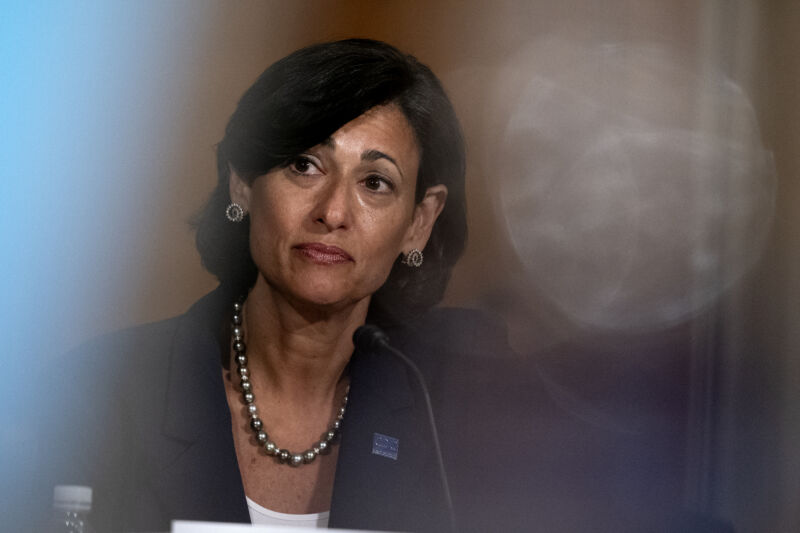
The US Centers for Disease Control and Prevention on Wednesday offered mixed messages on the use of at-home rapid tests as the agency continued to defend its controversial recommendation that people with COVID-19 can leave isolation early without testing.
The CDC updated its guidance on isolation and quarantine periods last week. It shortened isolation periods for infected people from 10 days down to only five if their symptoms have cleared or are resolving by then and if they wear a mask for five days afterward. Notably, the agency did not hinge the recommendation on people getting tested after five days and only ending their isolation early if they receive a negative result.
The omission drew swift criticism from experts who argue that testing is vital to shortening isolation periods safely. Harvard epidemiologist and rapid-test advocate Dr. Michael Mina called the move “reckless,” and virology expert Angela Rasmussen called the agency’s reasoning “bullshit.”
Testy testing
The CDC has continued to argue that the decision is backed by science, specifically data suggesting that the majority of transmission occurs in the one-to-two days before symptoms develop and two-to-three days afterward. But critics were quick to point out that infectiousness data largely stems from previous coronavirus variants—not the currently dominant omicron variant, which is ultratransmissible. And although the majority of transmission may occur early on, a considerable amount of people will continue to be infectious after that window.
Puzzlingly, the CDC agrees. Amid the backlash to its updated guidance, the agency posted a defense of its position on its website Tuesday. The explanation included noting that a modeling study from the United Kingdom found that “after the 5th day after a positive test, an estimated 31 percent of persons remain infectious.” The CDC highlighted the finding to explain why it recommends that people wear a mask for five days after they leave isolation early.
As to why it doesn’t recommend testing at five days to end isolation periods safely, the CDC argues that rapid tests are not designed to indicate levels of infectiousness, only the presence or absence of an infection. “They are not quantitative tests,” CDC director Rochelle Walensky argued in a White House briefing Wednesday. “They are qualitative tests to diagnose.” She clarified at a later point, “These tests are for qualitative purposes, not quantitative purposes—meaning we can’t tell how transmissible you are based on a positive or a negative test.”
In an interview with CNN last week, Walensky explained further:
So what we said was well, if you got a rapid test at five days and it was negative, we weren’t convinced that you weren’t still transmissible. We didn’t want to leave a false sense of security. We still wanted you to wear the mask. And if it was positive, we still know the maximum amount of transmission was behind you.
Confusion and shortages
But critics have pointed out that that is an inaccurate assessment of how antigen tests work. The at-home tests tend to detect conserved fragments of the SARS-CoV-2 virus and are considered a reasonable indicator of the amount of virus particles in your airways—and, by extension, how infectious you are.
In fact, critics online began circulating an article co-written by Walensky in 2020 in the peer-reviewed health care journal Health Affairs. In the article, Walensky and her co-author wrote:
The more virus in the airway, the greater the likelihood of a positive antigen result. What that means is that—conveniently—there is a high degree of overlap between the period of maximal infectiousness and the period during which the antigen-based test is most likely to yield positive results.
Further adding to the muddled perspective on rapid tests, the CDC in its online defense Tuesday included a section titled “Why does CDC not require a test at the end of isolation?” The agency says that if a person “has access to a test and wants to test,” they can do so around day five. “If your test result is positive, you should continue to isolate until day 10” because “a positive antigen test likely means a person has residual transmissible virus and can potentially infect others.”








